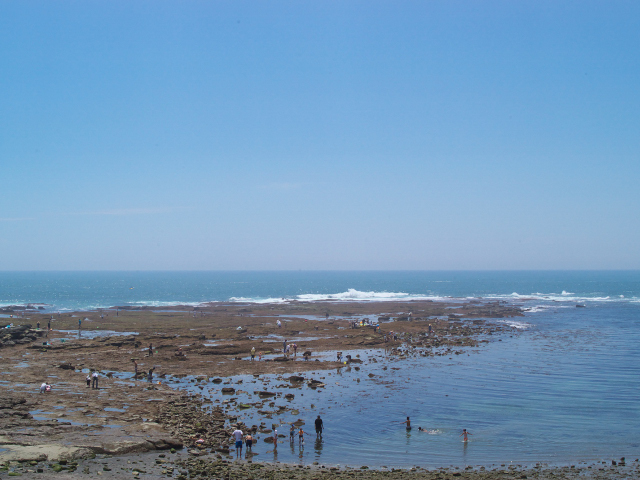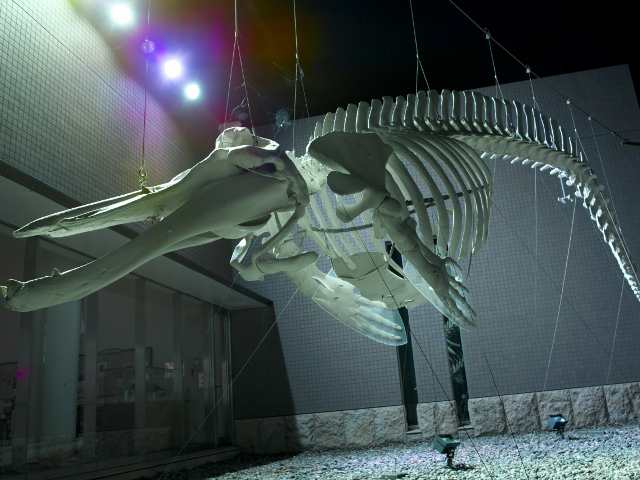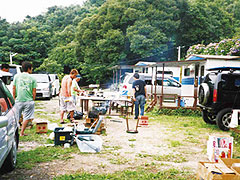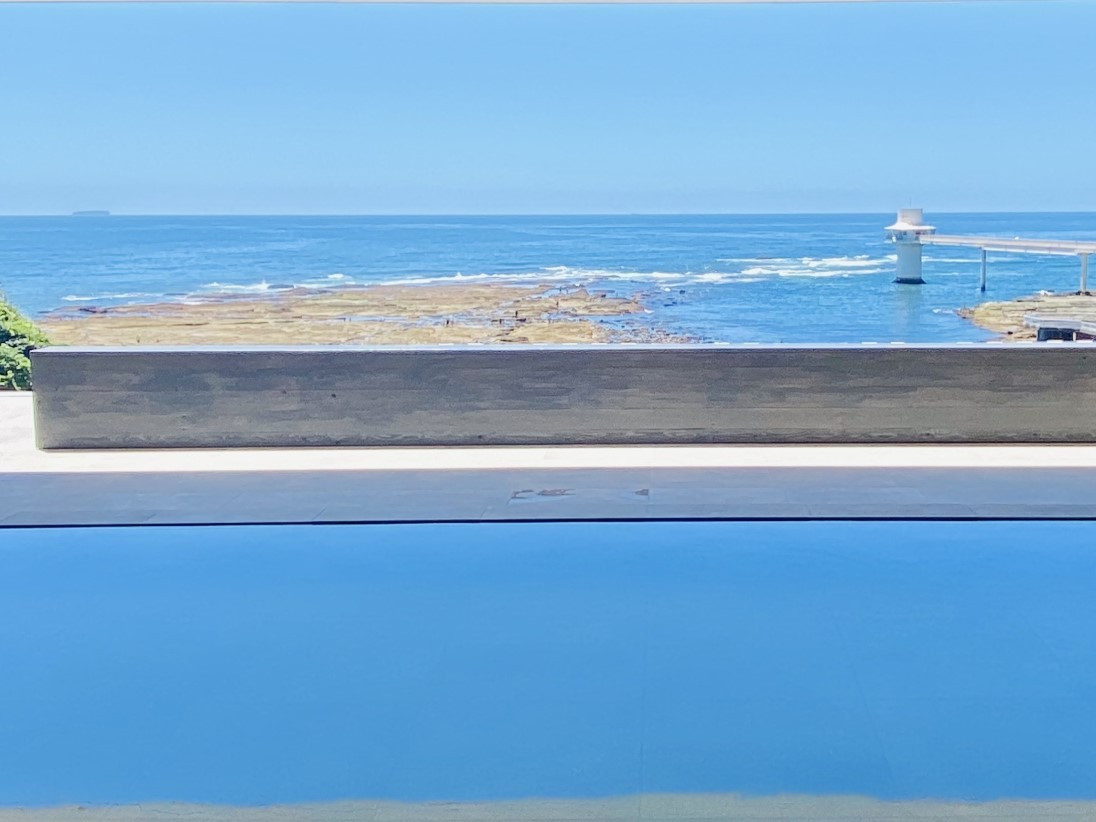
Myokaku-ji Temple
上総興津[かずさおきつ]駅の西方約700mの場所にある日蓮宗の寺。日蓮に帰依した興津城主・佐久間重貞[さくましげさだ]の館跡という。文永元年(1264)、日蓮に師事して名を日保[にほ]と改めた重貞の子長寿丸が、邸内に一宇を建立したのが開基と伝えられる。境内には、本堂、楼門、鐘楼などが立ち、入母屋造の山門は江戸末期の建築と伝えられ、市の指定文化財になっている。
Info
Business Hours
Price
Spot Category

Exhibition Room

Appearance

眼の前に広がる磯

中庭に展示されたツチクジラの全身骨格標本
The information provided reflects the details available at the time of the survey.
Please note that facility details may change due to the facility’s circumstances, so please check for the latest information before visiting.
This content has been translated using machine translation.
Information provided by: JTB Publishing
The content uses an automatic translation service, which is not always accurate.
The translated content may be different from the original meaning, so please understand and use it.

上総興津[かずさおきつ]駅の西方約700mの場所にある日蓮宗の寺。日蓮に帰依した興津城主・佐久間重貞[さくましげさだ]の館跡という。文永元年(1264)、日蓮に師事して名を日保[にほ]と改めた重貞の子長寿丸が、邸内に一宇を建立したのが開基と伝えられる。境内には、本堂、楼門、鐘楼などが立ち、入母屋造の山門は江戸末期の建築と伝えられ、市の指定文化財になっている。

周辺に林と田園風景が広がる落ち着いた雰囲気のキャンプ場。BBQセットのレンタルは2000円で鉄板、網、トング、菜箸など。ペット同伴も可能なので愛犬家の利用も多い。1人400円で温泉の利用もできる。

勝浦の海を一望できるサーマルスプリングスパ(天然温泉スパ)と地中海料理レストラン、千葉の名産が揃うショップの複合施設。温泉スパは君津市から運んだ「濃溝温泉 千寿の湯」を利用していて、サウナも完備。レストランでは地元漁港で水揚げされた新鮮魚介を使ったパエリアや、地元勝浦農園で採れた野菜を使ったタパスなどが味わえる。

On the occasion of the Ojō Kōki, who was appointed as the lord of Osugasō, Shimousa Province, he was invited by Shinano Suwa Taisha Shrine as the god of the lord of the territory. He has since been revered as the god of industrial development, the god of wisdom, and in recent years as the god of advanced learning. The present main shrine is of the 1853 (Kaei 6) construction, and the annual festival "Sawara no Taisai (Autumn Festival)", which takes place in October every year, is designated as a national important intangible folk cultural property.

The temple of the Tendai sect, known as Narikiri (Namikiri), is a temple of the Tendai sect that collects the thick faith of the fishing people for great fishing prayers and sea protection. The main priest, Fudō Myōō, was reportedly picked up from the sea by the wives of the fishermen of the land during the middle Kamakura period and laid them here to rest. The thatched-roofed Fudō, which houses Fudō Myo, is designated as a national important cultural property, and is presumed to have been erected during the Muromachi period.

Western-style Mie-bashi, a masonry method, on the lower Nagao River at Takiguchi, Shirahama. Because there are three arches, it is not really glasses, but it has come to be called a glasses bridge from the appearance of moving to the river. The bridge was built in Meiji 21 (1888) with a donation of 399 yen and 40 yen from the villagers. He said he had walked across the river before the construction. It is a sturdy bridge that, in wartime, tanks passed through it without being broken by the Great Kanto Earthquake. Repair work was carried out in 1977 and 1993, and the figure remains at the time of construction. Prefectural Designated Tangible Cultural Property. Japan's Meihashi Hyakusyo.
This website uses cookies so that we can provide you with the best user experience possible. Cookie information is stored in your browser and performs functions such as recognising you when you return to our website and helping our team to understand which sections of the website you find most interesting and useful.
Strictly Necessary Cookie should be enabled at all times so that we can save your preferences for cookie settings.
If you disable this cookie, we will not be able to save your preferences. This means that every time you visit this website you will need to enable or disable cookies again.
